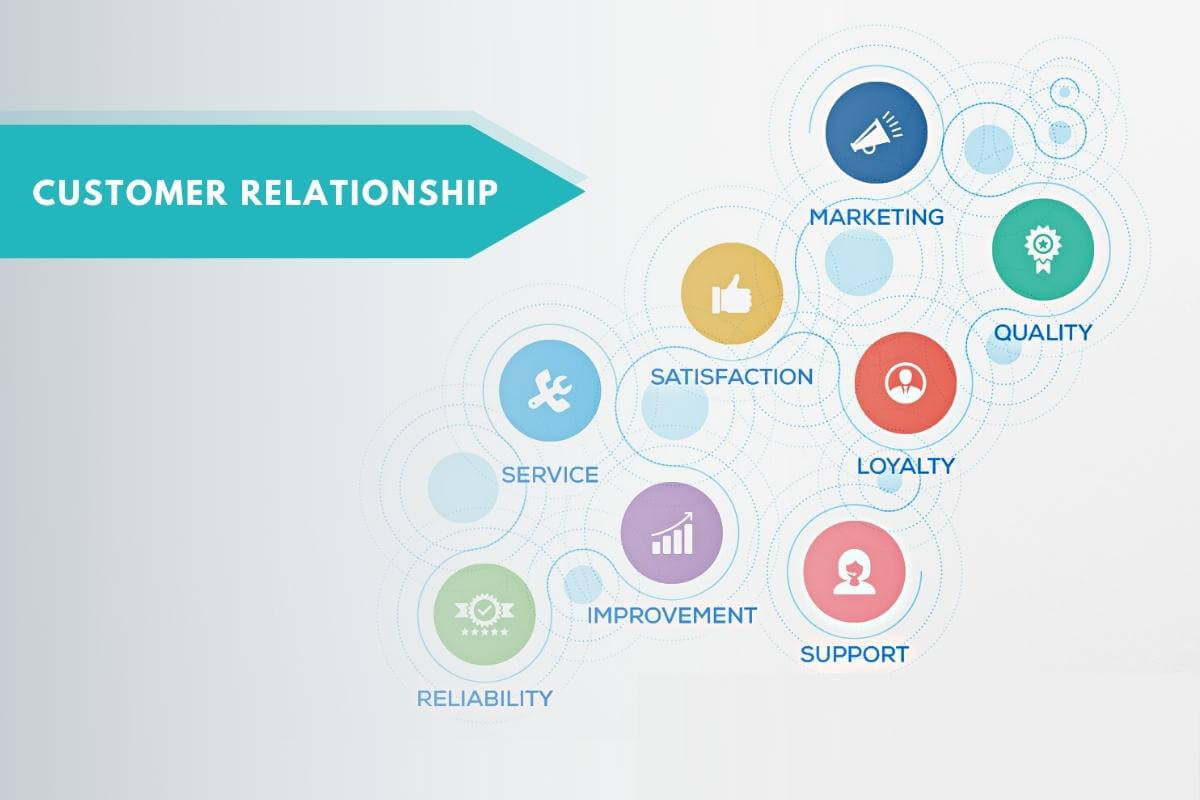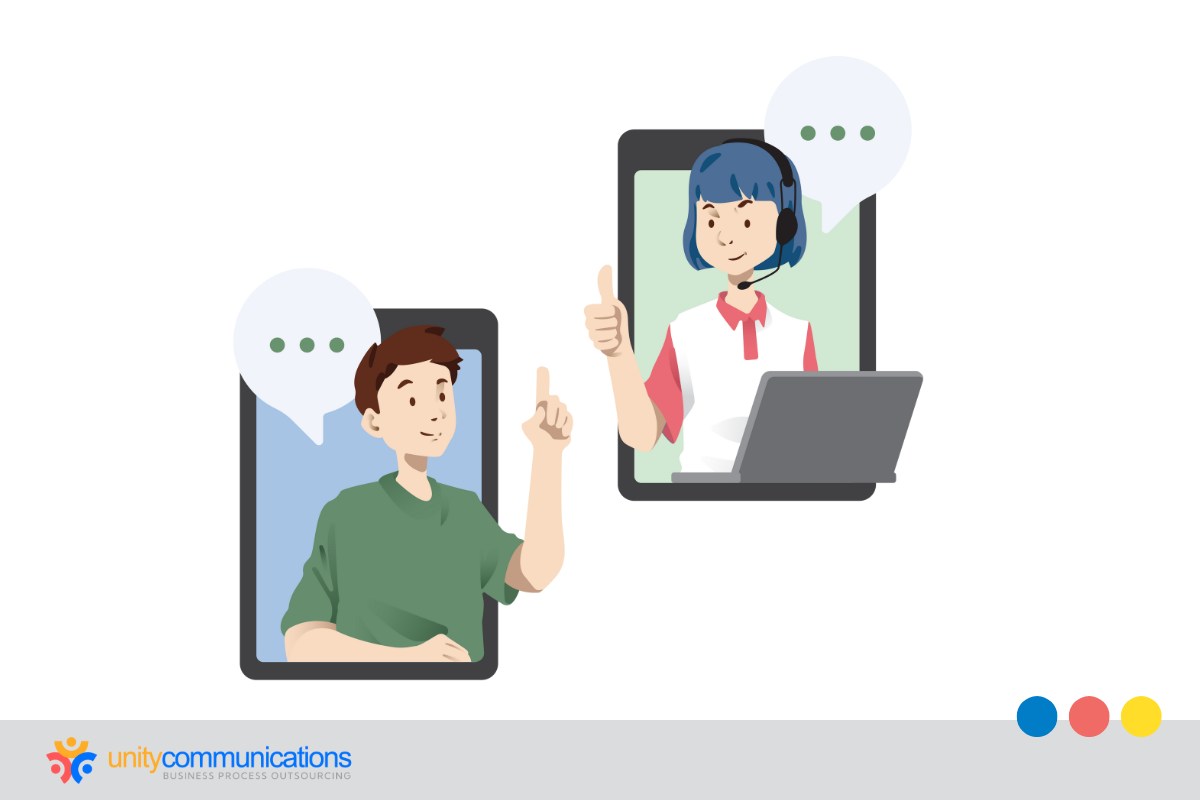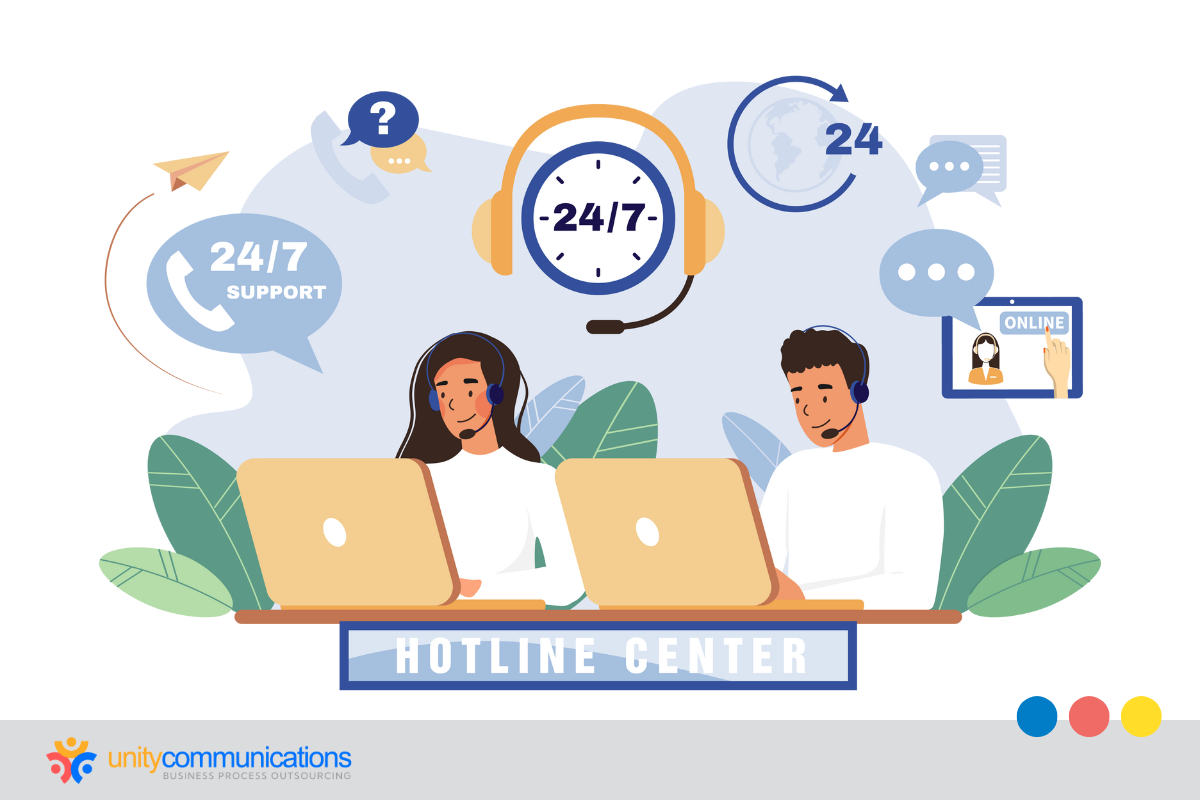Table of Contents
The number of shoppers requiring customer support is ever-increasing, but the problem that consistently plagues companies remains: how can your business be more competitive in offering clients an excellent experience?
Consumers agree that one of the primary reasons they choose a brand is its customer service. Without good customer support, consumers tend to forego doing business with a brand altogether.
This article explores why call centers and customer service go hand in hand. It also presents how call centers can improve the overall customer experience.
Role of Call Center in Customer Service

Call centers involved in customer service are a centralized team that manages inbound and outbound calls from potential and current clients. A business’s call center may be within the company or outsourced to an external service provider specializing in customer service.
Online retailers, mail-order organizations, help desks, telemarketing companies, polling services, and other large organizations that utilize the telephone to market and provide their service can partner with an outsourced call center to manage customer service. These companies may tap into outsourced customer support to improve clients’ experience.
Difference Between Contact Centers and Call Centers in Customer Service
A call center focuses only on a single communication channel: the telephone. Conversely, contact centers may offer support for various platforms. Businesses that work with a contact center may outsource email support, live chat, websites, and applications.
Contact centers typically include more than one call center. They provide omnichannel support, helping customers on their preferred device or platform.
Deciding to outsource a contact center or call center for customer service depends on your company’s needs, products, services, channels it provides, and your support team’s structure.
Providing Excellent Customer Service Using a Call Center
Customer service is helping new or existing clients with their queries whenever they encounter challenges throughout their purchasing journey. Every business’s goal is to deliver a seamless and pain-free customer experience to its consumers.
For example, an e-commerce business may analyze the way shoppers interact with their company and assist them throughout the customer’s lifecycle. The company may tap into an inbound call center for e-commerce that will answer customer queries across all platforms from the brand’s social media, website, email, or telephone calls.
The ideal call center and customer service mean clients never feel unvalued and abandoned. Providing excellent customer service requires incorporating call center strategies into your support team.
Reasons Call Centers and Customer Service Go Together
Businesses must adapt to the evolving consumer landscape. At your business’s frontline, customer service is essential in nurturing long-lasting relationships with your customers. That’s why building a stellar customer service team can be a real game-changer for your company.
Here are four ways call centers can step up their customer service.
1. Call Centers Enhance Customer Experience

HubSpot Research shows that 33% of customers find needing to repeat themselves to different support staff as one of the most frustrating parts of customer service.
You can avoid this problem by integrating omnichannel support, which allows your customer service team to view your client’s interaction history with your brand. An omnichannel platform centralizes the customer’s information, queries, and reason for reaching out so that they can be viewed from another channel’s perspective.
Don’t take your customer’s concerns for granted. If your customers don’t feel heard or think you can’t rectify their requests promptly, they might look for a company that does.
Improving First Call Resolution (FCR) Rate
Increasing your FCR rate is one of the primary call center and customer service best practices, and appropriately so.
Your FCR shows your agents’ ability to solve consumer complaints and issues the first instance they interact with your brand without needing additional follow-ups. You have a failing customer service system if a client needs to contact your company to address a single problem repeatedly.
A call center helps you identify similar problems that can be rectified right away compared to more technical issues requiring additional assistance. A reliable call center also minimizes call transfers, which is important because each phone line a customer passes lowers customer satisfaction.
A good tip for outsourcing customer service is to reduce the client’s workload. Working with a reputable call center helps you do precisely that. For example, your customer support team can initiate a call back to clients when a booking has been scheduled, or service completed to save them from reaching out again.
2. Call Centers Save Money with Lower Labor Costs

Every call center and customer service team have various expenses, from electricity bills to personnel compensation. The average salary of a call center agent in the U.S. is $31,089 per year. Add to additional costs of an in-house call center, including:
- Labor expense: employee salary, overtime pay, and other benefits
- Infrastructure cost: software deployment, electricity bill, etc.
- Maintenance of infrastructure: regular upkeep of software, payment for technicians who troubleshoot software
- Other expenses: office rent, office supplies
These charges are compared to the number of calls and agents to derive the average cost per call. The amount depends on your inbound/outbound operation, location, and other considerations.
Outsourcing allows companies to save on overhead expenses by 70%. This is because the cost of labor in offshore locations is significantly lower. As opposed to the $16 per hour fee in the U.S., companies can hire call center agents in the Philippines for as low as $9 per hour, which is a significant step-down.
Additionally, an outsourced call center is highly scalable. During peak seasons like the holidays, when you receive more customer calls, you can easily add more agents without going through the lengthy hiring process or spending more money. When call traffic goes down or returns to normal, you can scale down on staff to further save costs.
3. Call Centers Offer 24/7 Customer Support and Real-time Feedback

Industries like ecommerce require speed and convenience. Today’s customers are not fond of waiting. Instead, they expect fast responses. Consumers who buy online are looking for prompt answers and immediate reactions. Reports show that shoppers rate “lack of speed” as a top source of frustration.
Letting customers reach you through their preferred channel is not enough. Convenience and speed are also crucial in high-performing customer service. You don’t want customers to leave you because you failed to pick up their call. Offering round-the-clock support is viable for companies looking to concentrate on value in this digital age.
Many customers want immediate feedback on their questions and prompt rectification of their requests. Companies must ensure agents are available to respond to every customer at all times.
Ecommerce call center outsourcing resolves customer concerns with clarity and a proactive approach to customer service. 24/7 support means companies can interact with their customers whenever needed. The round-the-clock solution utilizes digital platforms like chatbots and live-chat to deliver unwavering support.
4. Call Centers Help Small Businesses Connect with Customers

Customer service is not a one-size-fits-all solution. Customers demand a personalized touch to make them feel valued. Modern businesses must interact with customers to learn more about them and build longer-lasting relationships.
Having a stellar call center and customer service means meeting the client’s changing habits and expectations. While most customers prefer to call, some favor email or live chat, while others want to send a tweet.
Managing various communication channels to talk to customers is now the reality for many businesses. Data shows that shoppers use three or more communication platforms to interact with customer service. Unsurprisingly, many companies, especially small businesses, struggle to deliver a smooth customer experience across various platforms.
That said, companies can remain competitive and assist customers in their preferred messaging channel by:
- Establishing a coordinated support strategy to exceed customers’ expectations.
- Using contact centers to help address the various ways customers interact with brands
- Providing smooth omnichannel support so brands need not worry if customers use various platforms to interact with you
- Make sure support is accessible from all points of interaction.
Is Call Center Support Still Relevant in a Multichannel World?
Despite the prevalence of omnichannel interaction, call center support remains relevant. As many companies embrace technology, how consumers interact with them has also evolved. Modern customers now have a live chat, email, self-help portals, and social media from traditional telephone calls.
The popularity of voice and phone support remains intact, despite the availability of various customer service platforms. A report from Statista showed that 44% of US customers prefer talking to brands through phone calls over other support platforms like live chat (23%), email (16%), and social media (4%). So what makes phone support the top favorite among many consumers?
Phone calls offer a unique opportunity for consumers to hear how glad the customer service agent is to assist them. At the end of the day, nothing can beat a human touch that sympathizes with a customer. 40% of customers prefer having human touch threaded in their service experience. Clients enjoy talking to a courteous and committed agent who tries to build an excellent rapport with them.
Additionally, a polite and customized greeting through a phone call softens the blow in a negative situation. Call centers often offer an assuring and comforting leading voice whenever a client faces a problem.
The Bottom Line
Like it or not, customer service is the foundation of your business. As client expectation of the ideal experience evolves, so should your customer support. Nowadays, competitiveness relies heavily on the quality of your customer service.
Redesigning the customer lifecycle and integrating call center best practices will reap dividends across various levels. It will help you keep current customers loyal and acquire new ones.




